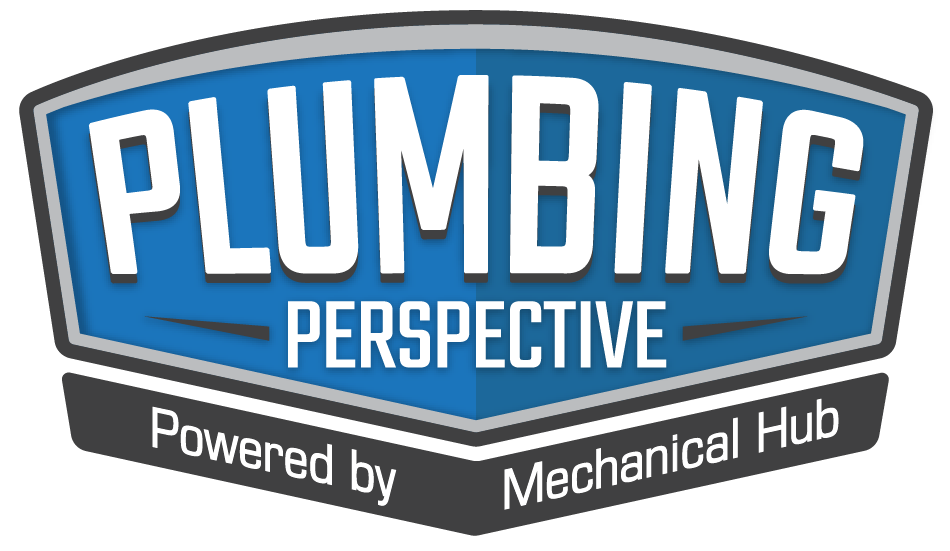While it’s cold in a lot of places, it’s still hot in areas of the country, which increases the pressure in your pipes and on your plumbing employees. Plumbing work can be strenuous enough, but adding intense heat into the mix only heightens that strain. Caring for your team when the temperatures peak is not Read more
Whats New

While it’s cold in a lot of places, it’s still hot in areas of the country, which increases the pressure in your pipes and on your plumbing employees. Plumbing work can be strenuous enough, but adding intense heat into the mix only heightens that strain. Caring for your team when the temperatures peak is not just good ethics, it is good business. Healthy, happy employees perform better, stay longer with you, and project positive associations when representing your brand. In this blog, we will look at how to keep your crew cool, safe, and productive during extreme heat waves.
Hydration is King (and Queen)
Heat can quickly sap energy and hydration levels from your employees, so ensure your team has access to plenty of water throughout their day. Stock coolers in your company trucks with bottled water or encourage reusable bottles by providing quality ones with your company logo. Electrolyte packs may even come in handy. Coffee and energy drinks may help in the morning but make sure employees know to drink extra fluid if they indulge them.
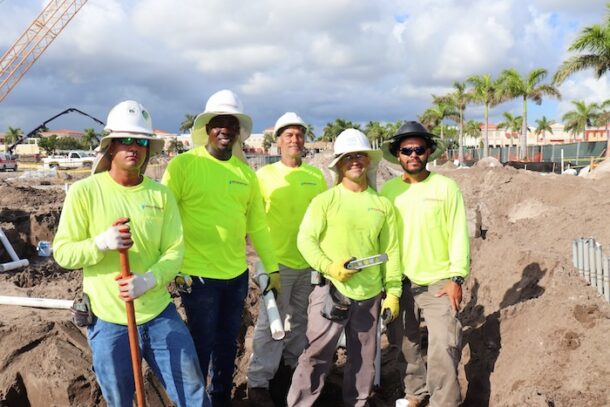
Gear Up for the Heat
Equipping your plumbers with appropriate gear can make an enormous difference on a hot workday. Lightweight, moisture-wicking uniforms not only keep them cooler but also protect against heat-related rashes. Outdoor jobs may call for wide-brimmed hats as well as breathable gloves to protect their hands without overheating them. As an extra measure you could even equip them with cooling towels or vests. Every small touch counts towards making their life easier on long workdays.
Purchase Portable Industrial Fans
Portable industrial fans are an indispensable weapon against extreme summer heat, providing constant airflow that helps regulate their body temperatures and prevent heat exhaustion in confined or stuffy workspaces. Position them strategically where plumbers are working for optimal ventilation. Durable high-quality fans provide more airflow for increased productivity and safer working environments. Investing in durable high-quality portable fans is an easy and cost-effective way to prioritize your team welfare. Click the link for portable industrial fans for sale and select one best suited to your business.
Flexible Scheduling for Peak Comfort
The peak heat period typically occurs from 12:00 to 16:00, so plan smarter not harder. Where possible, schedule any demanding tasks for early morning or late afternoon when heat levels are less extreme. Also allow frequent breaks for your team members during these peak heat times so as to protect your workforce against heat stroke risk and ensure their best work gets done at optimal performance levels. Adapt your schedule as necessary according to both job and person needs for maximum comfort.
Knowledge Is Power
Knowledge is power when it comes to fighting heat-related illnesses, including exhaustion and heat stroke. Train your team members on how to recognize symptoms such as dizziness, nausea, confusion and increased sweating associated with heat exhaustion or heat stroke. CPR and first aid training can help if an emergency situation arises, they know exactly what steps to take if something goes south. Creating an atmosphere of awareness shows your employees that their well-being is of top priority.
Conclusion
Protecting your plumbing employees during the heat of summer doesn’t just involve doling out water bottles and hoping for the best. It requires taking proactive measures and thoughtful planning. Heat can be brutal, but it doesn’t have to be detrimental to productivity or morale. With support, flexible schedules and appropriate equipment on hand, your crew will have less reason than ever to sweat the small stuff (or the big). Healthy employees lead to happy customers, keep cool so that both employees and business can flourish.
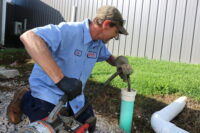
Plumbing is quite the lucrative industry. People will always need water services – to wash away their waste, to keep themselves and their homes clean, and to ensure there’s drinking water around – and most people can’t take care of this themself. That’s why running a plumbing business is a great idea. When you’ve got Read more
Plumbing is quite the lucrative industry. People will always need water services – to wash away their waste, to keep themselves and their homes clean, and to ensure there’s drinking water around – and most people can’t take care of this themself.
That’s why running a plumbing business is a great idea. When you’ve got qualifications in the plumbing world, and you don’t mind getting your hands dirty, striking out on your own usually pays off. If you can lock down your local area and become the one handyman everyone can call on, the more the better!
But just like every other industry in the world, plumbing can take hits every now and then. At times like this, when work is slow but the bills remain as relentless as ever, you’re probably keen to find new ways to bring in custom.
And thankfully, there are quite a few ways you can do that. Here are some to consider that won’t be too hard to incorporate.
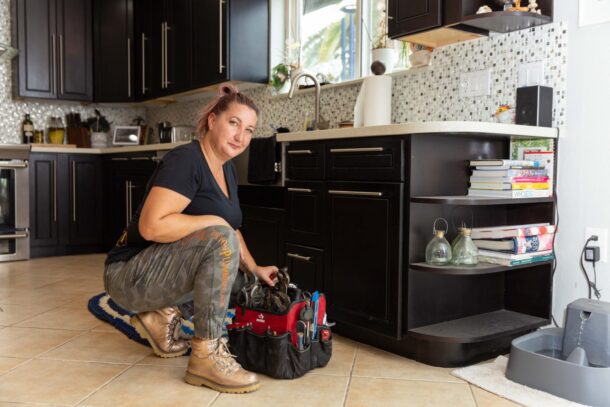
Offer Exterior Cleaning
When you already work with water, branching out into other water-based services won’t seem too difficult. Indeed, if you invest in an electric pressure washer and start advertising siding cleaning, or driveway washing, or even just garden watering and landscape projects, you’ll open up an entire new pool of customers.
With a new service like this, you’ll be able to work both inside and outside of people’s homes. This could then lead into more services like outdoor drainage, gutter cleaning, and even sewage pipe monitoring and clearance – of course, if you don’t do anything like that already.
Make sure you invest in high quality equipment for extraneous jobs like these, and try to build up your portfolio for them ahead of time. Practice on your own house, or a friend’s, and make sure you take some clear, focused pictures for your website.
Don’t Require Customers to Call You
The best plumbers make it easy for customers to get in touch. As such, make sure you’re reachable by something other than a phone call. Taking messages from customers over Facebook or Whatsapp is very popular these days, as is accepting emails or online web forms.
Just make sure you regularly check any and all boxes these messages can be sent to! You don’t want to miss out on work simply because you forgot about the separate website inbox that’s different to your main account.
This way, customers can reach out at their own pace. If the bathtub springs a leak in the middle of the night, but they can’t call you until the morning, being able to leave a quick and easy message they’ll know you’ll see will help set their mind at rest.
Set Up a Referral Program
Most plumbers get new business via word of mouth. You did a great job for someone, and now their brother is giving you a call, and then he passes your number onto his parents, etc. It’s the best way to market!
But it’s often said that there isn’t really a way to guarantee word of mouth advertising, and in truth, there isn’t. Providing an excellent service is 90% of it, but even then you can’t be sure someone will recommend you.
However, if you set up some kind of referral program, you could push your chances up. For example, tell a customer that if they like your work and are willing to let others know, you’ll put a discount on the next service they need from you.
Not only will this make them more likely to pass your name on, but they’ll also be more likely to call you out again – they know the price will be lower than any other plumber they’re only just starting to work with!
Bringing in More Business for Your Plumbing Company
If you’re a plumber in need of more business, try out the methods above and see how they work out for you. Most plumbers have a wealth of transferable skills, both in and outside of the industry, and that can make it easy to expand offerings. This can even bring in new custom from previous customers.
Of course, it’ll take some time and effort to get all the above squared away within your own business, so get started as soon as you’re able to. And keep in mind the one thing that ensures businesses like yours keep turning over: the more you can do for the community, the more they’ll come to rely on you!

Starting your own plumbing business in today’s market can certainly open up a world of opportunities. However, just like any type of organization, running a company comes with its own set of unique challenges. Of course, you’ll have to ensure communication with technicians working on the field, improve your customers’ experience, and manage your cash Read more
Starting your own plumbing business in today’s market can certainly open up a world of opportunities. However, just like any type of organization, running a company comes with its own set of unique challenges.
Of course, you’ll have to ensure communication with technicians working on the field, improve your customers’ experience, and manage your cash flow to maintain a smooth service. While a lot depends on your talent as a business owner, there is a lot that technology can do to optimize your operations, reduce costs, and keep your brand competitive. Let’s look at these aspects below.
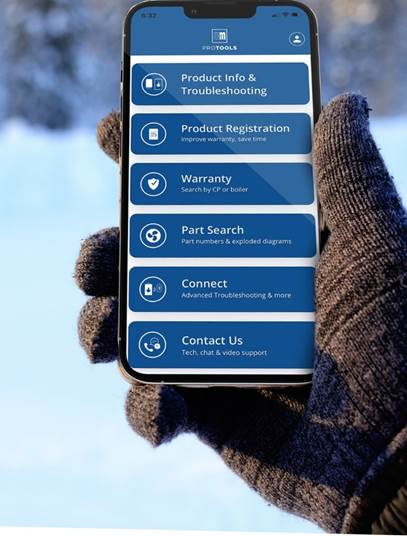
Efficient Field Communication
Effective communication is crucial for any business that operates field work—and this is also true for plumbing service providers and technicians.
With your team often out on the road, you need reliable tools to keep everyone connected, whether they are dealing with clients, need to give updates on a certain project, or require help with a specific problem.
Here, investing in field management software that allows technicians to update job statuses and communicate with the office in real time can be a real game changer. These software solutions often include features for scheduling, tracking, and monitoring work. This not only increases efficiency but also reduces communication problems. For example, some software solutions offer GPS tracking, which helps you know exactly where your team is and which jobs they are working on. Be sure to invest in a system that caters well to the unique needs of your business.
Streamline Payments with Modern Devices
Handling payments is an important aspect of the experience of a customer with your business. However, it is important to look beyond tradition: gone are the days when plumbers only accepted cash or checks!
Modern customers expect a range of convenient payment options, including credit and debit cards, eWallets, and installment plans. In this scenario, having the right payment processing system at hand can help.
Invest in portable card readers that technicians can carry with them. Try these credit card devices to accept payments on the spot, ensuring you get paid quickly and securely. Alternatively, you may consider arranging for customers to pay before providing the services or afterward, in full or installments, through your website.
Optimize Your Routes
As a plumbing company, you are likely to have several call outs during the day and a multitude of projects to juggle. Given how hectic your schedule can be, it’s easy to see how travel time can eat into your productivity and efficiency.
So, it is important for companies—especially those that work on the field—to know the importance of optimizing routes. Streamlined travel routes means less time driving and more time solving problems. Plus, when you and your team spend less time on the read, you can cut down costs (such as fuel and vehicle maintenance) and provide better services to your customers.
Here, using route optimization software to plan the most efficient paths for your technicians can help. These tools take into account factors like traffic conditions, distance, and the number of stops per day to create a much smoother and efficient route for your technicians.
Manage Your Inventory Wisely
Inventory management can make or break your plumbing business. Keeping track of tools and parts ensures you’re not left in a tight spot during a job. To make the process easier and synchronised across your teams, consider investing in management apps. They help you track what’s in stock, what needs reordering, and what’s obsolete. When every part and tool is accounted for, your team can complete jobs without delays, leading to improved customer satisfaction and, in turn, better profits for your business!
Many industries are benefiting from the wonders of technology and the plumbing industry is no different. In fact, there are many ways in which the plumbing industry is being revolutionized as the demand for plumbing services continues to maintain and rise in some areas of the country. Whether it’s keeping up with the demand of Read more
Many industries are benefiting from the wonders of technology and the plumbing industry is no different. In fact, there are many ways in which the plumbing industry is being revolutionized as the demand for plumbing services continues to maintain and rise in some areas of the country.
Whether it’s keeping up with the demand of older buildings that need fixes and replacements, to tackling new build properties that require ongoing support as climates change and increase risks of pipe problems.
Making use of innovative plumbing systems and operations is helpful in continuing the support and service that plumbers provide to their local community.
With that being said, what can we expect from the future of plumbing? This guide will take a closer look at what ways technology is improving the industry and revolutionizing it in 2025.
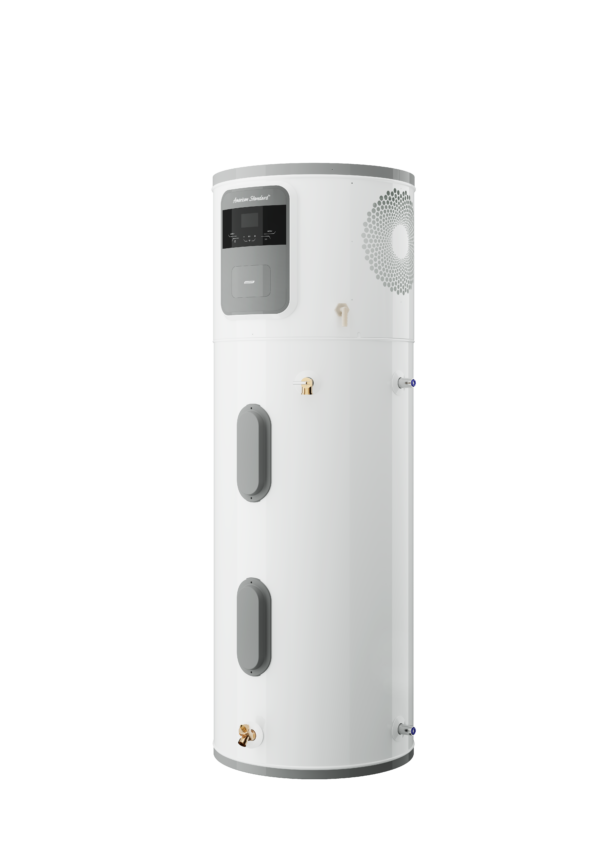
Smart plumbing systems
The use of technology has increased rapidly in recent years, with many industries embracing its innovative features to make operations easier to manage. For the plumbing industry, smart plumbing systems are being used with the help of advanced technology.
Not only do they improve the traditional plumbing infrastructure in place, but they also provide new methods of plumbing to make the job easier.
As a plumber, smart plumbing should be embraced as much as possible. Being able to adapt to the changing landscape of business is important to have the skillset for. That way, you can continue offering your services as a plumber to new homes and businesses in the future.
With that in mind, let’s look at how these smart plumbing systems are helping many within the industry.
Management of water
It’s a concern for many, especially in countries where water is in short supply. Not only that but the wastage of water is having a significant impact on the world and the eco-efficiency of households and businesses.
Intelligent plumbing systems are therefore essential to help manage water usage properly and effectively.
Homeowners are able to monitor their water consumption with the use of sensors and smart meters. Businesses are able to access real-time data to understand where their water consumption is at its highest so that they can put in useful steps to reduce wastage where possible.
Having the knowledge that intelligent plumbing systems provide, helps people to make good decisions and save water effectively.
A focus on energy efficiency
With innovative plumbing systems, you’ll find that energy efficiency levels improve as a result. By optimizing the operations of water heats and pumps, for example, these systems can be used alongside smart thermostats.
For plumbers, there’s been a significant rise in the need for smart technology around the home and smart thermostats are a go-to for helping manage the heating of the home in a more optimized manner.
It helps to eliminate unnecessary energy consumption and to also ensure all piping within the plumbing system, remains at a temperature that will avoid the risk of damage. Frozen and burst pipes are part and parcel of not always turning on the heating and warming the pipes.
With smart technology like thermostats available, this improves the safety of property owners as a result.
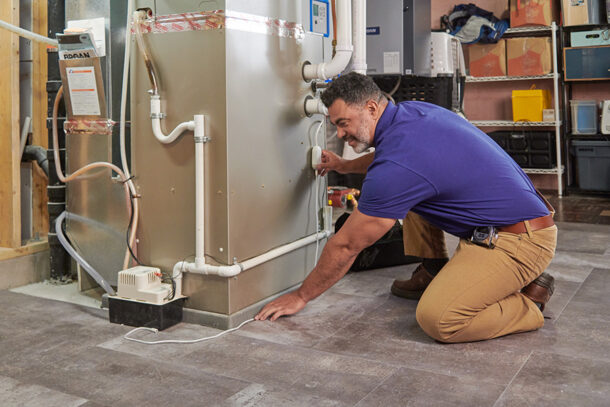
Detecting leaks
Leaks pose the biggest risk when it comes to flooding within the home, especially with pipes that are tucked away and might not show a presence of leaking until it’s caused extensive damage.
Leaks within a plumbing system can result in a lot of hassle, stress and money. While plumbers will fix the problem no matter what and possibly benefit from the result of severely damaged pipes, it’s important to help customers mitigate the risks as much as possible.
As such, there are more innovative plumbing systems being deployed that provide plumbers with leak detection technologies that can be used when there’s a suspected leak. At the same time, some homeowners and business owners might want to look at getting their property checked over on occasion to prevent leaks from occurring.
From water flow sensors to artificial intelligence that detects abnormalities in the plumbing system, this type of technology is saving people a lot of money.
Remote monitoring and control technology
With intelligent plumbing systems, the plumbing equipment in question can be monitored and controlled from places beyond the property itself.
This type of technology is helpful for homeowners and property owners to have but it can be also useful for the plumbers responsible for the fixes and repairs.
With the use of real-time data, it can help to manage the various issues that can arise within a plumbing system. Whether that’s while fixes and updates are being made, or conducted through annual reviews of the plumbing system. It can be helpful for homeowners to react quickly in an emergency too, so being able to switch off water valves for example.
This type of remote monitoring and control technology provides both plumbers and their customers with the power to minimize damage, even from afar.
Home automation
Intelligent plumbing relies on automation for a lot of its current features. Thankfully, there are a lot of home automation systems that homeowners and business owners can take advantage of in order to help maintain their properties without as much effort as what would be required of them traditionally.
With more home automation systems in place, connecting your plumbing system to it is easier to do than ever before.
Through the help of plumbers, smart technology can be interconnected for a more cohesive ecosystem. Voice command technology has the ability to control water temperatures and who knows what could be achieved in the future thanks to this integration of technology.
Health and maintenance of plumbing systems
With smart plumbing, you get a lot of convenience and efficiency. Not only that but it can provide a lot of protection for plumbing systems which plumbers can be helpful in assisting with.
From monitoring the health of pipes and valves with smart technology, plumbers can quickly identify any potential vulnerabilities and dangers. That means they’ll be able to put in preventative measures and mitigate the risks that come with plumbing systems when they’re not monitored so closely and on a regular basis.
By helping to detect problems before they occur, it can reduce the risk of expensive repairs as a result.
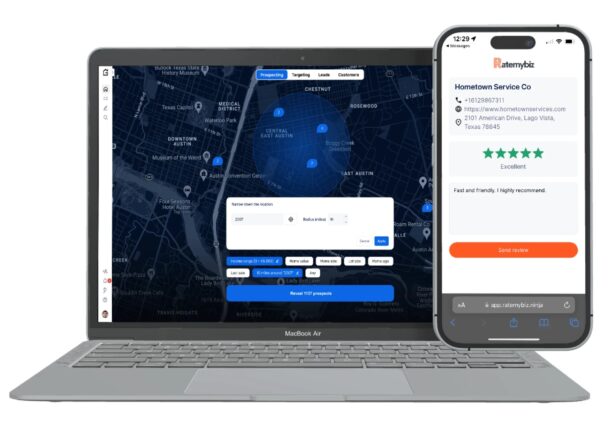
Improved maintenance and analytics
Plumbing systems require maintenance in general and this has been helped in recent years thanks to analytical and management software.
Plumbers that have access to plumbing software are able to manage their jobs more efficiently. They can see historical notes and access key data to help them make more informed and accurate decisions as a result.
With data-driven insights, as well as the use of predictive analytics, plumbing technologies can improve upon the efforts of how maintenance is done.
That, along with analyzing patterns and setting various parameters, can help to identify and fix issues before they even occur. All of which leads to a more seamless and efficient plumbing system for all households and businesses.
Water quality monitoring
Technology is improving many aspects of the plumbing world, including the water that runs through the pipes.
As a plumber, it’s important to offer homeowners and business owners effective plumbing systems and clean water.
With the technology available nowadays, water quality can be monitored and treatment can be provided more easily. With sensors being able to monitor pH levels, chemical composition and more, water quality can be improved and proactive measures can be taken to ensure a healthier water supply for all.
At the same time, when emergencies occur, this knowledge can help to shut down the water supply or apply treatment sooner than later.
Smart irrigation
With plumbing technology, it’s not just something that’s limited to indoor plumbing systems. There are also great steps being made in the outdoor field of irrigation.
Smart irrigation is having its moment, where plumbers can utilize sensors, advanced algorithms and weather data in order to make use of water usage for clients.
These systems in place are highly effective for the help of adapting irrigation schedules, reducing water runoff and in general, being more efficient environmentally.
Sustainability improvements
Finally, it’s the buzzword on everyone’s lips – sustainability. Improving plumbing systems through the method of sustainability is the ultimate goal when helping the environment. More homeowners and business owners are willing to embrace sustainable practices to help the environment, which is where plumbing systems come into play.
Innovative plumbing systems help play a key role in regulatory compliance and ensuring all eco-friendly practices are pursued. Such systems help to better monitor water usage, improve its efficiency and ensure all plumbing systems are up to modern requirements.
The plumbing industry will always be needed so long as plumbing systems exist across the globe. That means for plumbers, while the work will never be in short supply, it’s important to find ways to make plumbing more efficient with technology.
Use these tips to ensure all your customers receive the very best in plumbing services and to look at opportunities that technology presents to improve your plumbing efforts this year and beyond.

Any business needs stable finance to succeed. A capital management company that can help them power through difficult economic times, invest in opportunities to grow, and survive the long game. Financial stability is not a natural gift, it takes meticulous planning, savings in moderation; and wise use of your money. This post takes you through nine actionable Read more
Any business needs stable finance to succeed. A capital management company that can help them power through difficult economic times, invest in opportunities to grow, and survive the long game. Financial stability is not a natural gift, it takes meticulous planning, savings in moderation; and wise use of your money. This post takes you through nine actionable tactics that will help your business fortify its financial standing while pursuing long-range development.
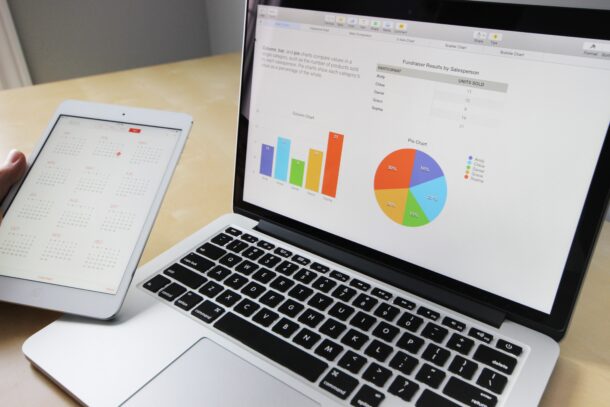
1. Create a Comprehensive Budget
The heart of Financial Well-being belongs to a well-crafted budget. Start with examining the income, fixed costs, and variable expenses of your business. Consider everything else including savings, emergency funds, and growth investments. Make your budget a living organ that needs attention so you can always tell how much of your income is used and what goes into your pocket.
Review it regularly in order not to be outdated with the way money flows through your wallet or account; An intricately built-out budget not only empowers you to maintain daily expenditures but also highlights the areas where you could potentially cut back on unnecessary expenses and reallocate your resources more effectively.
2. Prioritize Emergency Savings
One of the simplest ways to increase financial stability during unexpected events is by setting up an emergency fund. Times of economic decline, supply-chain hiccups, or immediate equipment breakdowns can be costly. Try to stash away three to six months of your operating costs in a bank account. With an emergency fund, you are in a position to pay for any essential expenditure without getting into debt which means your business has the freedom to pivot and rebuild.
3. Streamline Operational Costs
Streamlining operational costs is a pivotal strategy in achieving financial stability for sustainable business growth. Begin by analyzing all aspects of your operations to identify inefficiencies and unnecessary expenditures. Implement automation tools such as accounting software, project management platforms, or customer relationship management (CRM) systems to improve productivity and reduce human error. Evaluate supplier contracts to negotiate better rates or consider alternative vendors that offer competitive pricing without compromising quality.
Additionally, optimize energy consumption by upgrading to energy-efficient equipment, reducing utility expenses while supporting sustainability goals. Regularly review expenses to eliminate redundant processes or services that do not contribute to your core objectives. Embracing a leaner approach to operations not only saves money but also allows you to reallocate resources to more impactful areas, such as innovation or marketing. Streamlining operational costs ensures your business remains competitive and financially resilient in a dynamic market.
4. Invest in Energy Efficiency
Sustainability goal with incentives, potentially saving on utility costs through energy efficiency. Installing energy-efficient lighting, insulation, and appliances can help you save a lot of money over time on your utilities. Businesses with a lot of property, are responsible and should look into buying either the Commercial Heating and Air system, which is made to hold up great during use.
With regular maintenance, HVAC systems can perform at their highest efficiency which keeps energy costs lower over time. These investments reduce your spending on utilities, along with which they also provide a benefit to the environment.
5. Optimize Inventory Management
Proper inventory management is another key component of financial health. Not keeping enough inventory will cause you to refuse sales that could have been made, whereas flooding your warehouse with too much stock means the capital is tied up and significant storage costs.
You can use inventory management software to monitor stock levels, forecast demand, and automate reorder processes. This will not only minimize waste but also help you optimize resource allocation — especially equipment, facilities, and labor.
6. Focus on Customer Retention
It can be more cost-effective to retain an existing customer than it is to acquire a new one. Create plans to retain customers over the long term with superior customer service, loyalty programs, and personalized communications.
Repeat customers generally have a higher customer lifetime value than non-repeaters who also come back for more and they are in effect, earning their business through neither paid advertising nor advertising at all. By putting retention first you will also be able to create revenue stability and long-term dedicated customers.
7. Utilize Tax Write-Offs and Deductions
Reduce taxes through tax credits, deductions, and incentives. Speak with a tax professional to help you find breaks that are relevant to your business, whether it be savings from energy-efficient upgrades or employee training programs as well as research and development costs. By keeping tabs on tax laws you can figure out how to reduce costs or build your business with the savings.
8. Create a Scalable Business Model
Growth cannot be sustainable without scalability. Architect your business so those operations can scale up without costlier scaling on the backend. For example, as you are transitioning to the cloud it keeps your investment in infrastructure down the next time scale required because of business growth. A scalable model grows with the company, easing financial strain during an expansion so your business remains profitable even through growth seasons.
9. Monitor Financial Performance Regularly
Track your financial performance—stability cannot be achieved without consistency. Evaluate your financial health monitoring Performance (): Use key performance indicators (KPIs) like profit margin, cash flow, and return on investment OUR (()). Doing regular financial reviews helps you see trends, catch potential issues early on, and make educated decisions. This tool can keep you nimble with your finances so when changes come a prospecting, you can move quickly.
In conclusion, creating financial stability is an art and a science. Save aggressively, optimize your processes, and only spend on what is necessary to prosper during any economic circumstances. Place your business on solid financial ground, so you are prepared for anything and everything that may lie ahead of it; which is not to mention ensuring its long-term success. With the right action plan, steady commitment, and some strategic investment for good luck on your side; you will maintain a quickly even keel condition of being able to thrive yet not just survive at business.
